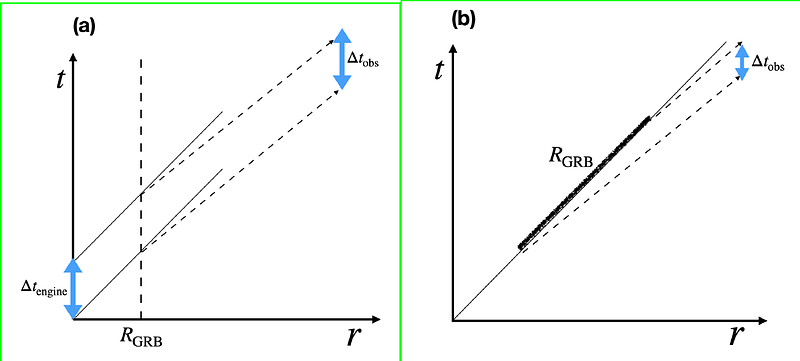On the Duration of Gamma-Ray Bursts

On the Duration of Gamma-Ray Bursts
Bing Zhang UNLV
AbstractRecently, a short-duration GRB with supernova association (GRB 200826A) and two long-duration GRBs with kilonova associations (GRB 211211A and GRB 230307A) have been detected, which demolished the hope for a tidy connection between GRB duration and their progenitor systems. Here I summarize various physical factors that can shape the duration of a GRB and propose that the duration of a GRB can be defined by four factors: progentor, central engine, emitter, and geometry. The progenitor-defined duration is only relevant when the central engine is powered by accretion and when the modifications by other factors are not important. The untidy situation of duration - progenitor mismatches suggests that other factors likely play important roles in defining GRB duration at least in some GRBs. In particular, a GRB may not be powered by accretion but rather by a millisecond magnetar at least for some GRBs. The complicated lightcurve of GRB 211211A suggests both progenitor- and engine-defined durations, which may require a new type of progenitor system involving a white dwarf - neutron star merger with a magnetar merger product. The single broad pulse lightcurve with well-behaved energy-dependent behavior of GRB 230307A suggests an emitter-defined long duration. The central engine timescale may be short enough to be accommodated within the framework of a standard binary neutron star merger. Its spiky lightcurve with fast variability as well as extended X-ray emission suggest the existence of mini-jets in the global dissipation region, powered by an underlying magnetar.